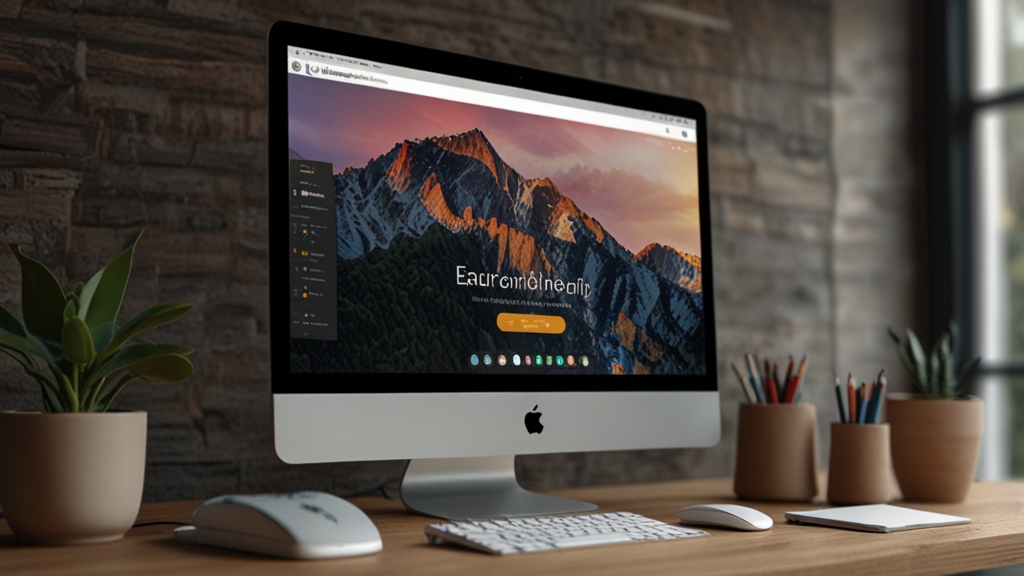The Ultimate Guide to Educational Tools for Every Learning Style
In today's education landscape, it's never been more critical to tailor learning experiences to accommodate diverse learning styles. From auditory and visual to kinesthetic and reading/writing, understanding the unique ways students grasp new concepts can dramatically enhance their educational outcomes. Below, we've compiled an ultimate guide to educational tools for every learning style, ensuring that each learner can find their optimal path to success.
Auditory Learners
Auditory learners thrive when information is presented in aural form. They benefit from listening to explanations, discussions, and sounds that aid in memory retention. Here are some tools that cater specifically to auditory learners:
"When words fail, music speaks." - Hans Christian Andersen
Podcasts and Audiobooks: Platforms like Audible and Spotify host thousands of audiobooks and educational podcasts covering an array of subjects. These resources allow auditory learners to absorb information through listening, often providing rich, narrative-driven content.
Voice Recorders: Tools such as digital voice recorders or apps like Evernote allow students to record lectures and replay key points. This reinforces learning by enabling them to listen to the material multiple times.
Visual Learners
Visual learners understand and retain information best when it is presented in a visual format. They prefer charts, graphs, diagrams, and other visual aids. The following tools are ideal for visual learners:
"A picture is worth a thousand words." - Unknown
Mind Mapping Software: Tools like MindMeister and Coggle help create visual representations of concepts and relationships. These visual maps can simplify complex ideas and enhance understanding.
Educational Videos: Platforms such as Khan Academy and YouTube offer a plethora of instructional videos that use animations, illustrations, and diagrams. These videos break down complex topics into digestible visual content.
Kinesthetic Learners
Kinesthetic learners benefit from a hands-on approach to learning. They need to experience or perform activities to understand new information. Here are some top tools for kinesthetic learners:
Interactive Simulations: Websites like PhET Interactive Simulations provide free, science and math simulations that engage students in interactive, experimental learning. These simulations offer a tactile way to explore and grasp scientific concepts.
DIY Kits: Educational kits like those from LittleBits and LEGO Education encourage students to build, create, and experiment. These kits provide a tangible, hands-on experience that reinforces learning through doing.
Reading/Writing Learners
Reading and writing learners excel when interacting with text. They prefer to read and write for understanding and memory retention. Tools specifically designed for this learning style include:
eBooks and Digital Libraries: Access to vast collections of digital books via platforms such as Amazon Kindle or Project Gutenberg can be invaluable. These resources allow learners to read extensively and take notes directly within the text.
Digital Note-Taking Apps: Programs like Microsoft OneNote and Notion facilitate organized note-taking. These apps allow students to create and categorize notes, add multimedia, and even collaborate with others.
"The beautiful thing about learning is that no one can take it away from you." - B.B. King
Conclusion
Understanding and leveraging the appropriate educational tools for different learning styles can significantly enhance the learning experience. By integrating audio resources, visual aids, hands-on activities, and reading/writing materials, educators and students can tailor their approaches to maximize student engagement and retention. Each learner is unique, and recognizing their preferred methods of learning is the first step toward fostering an inclusive and effective educational environment.









